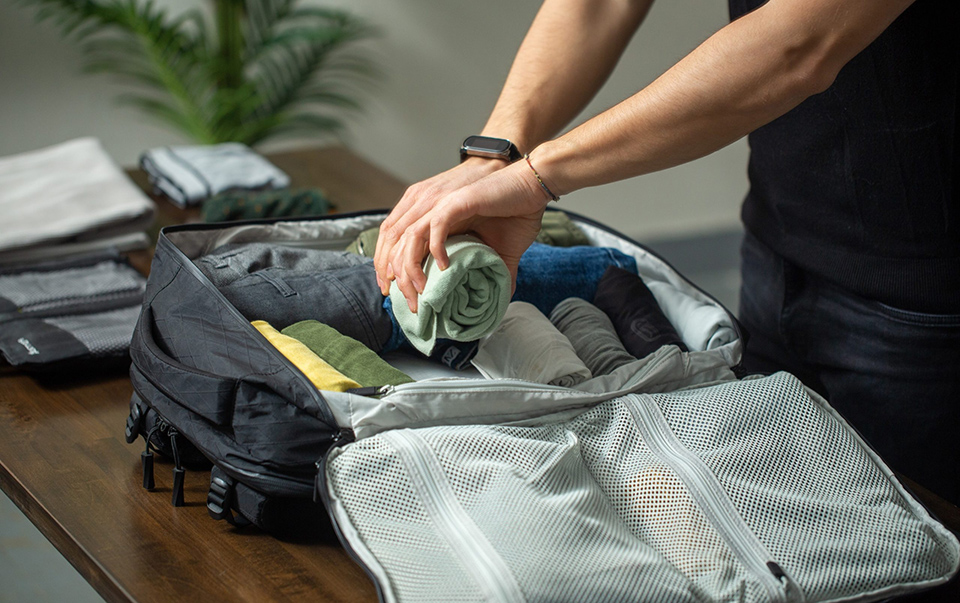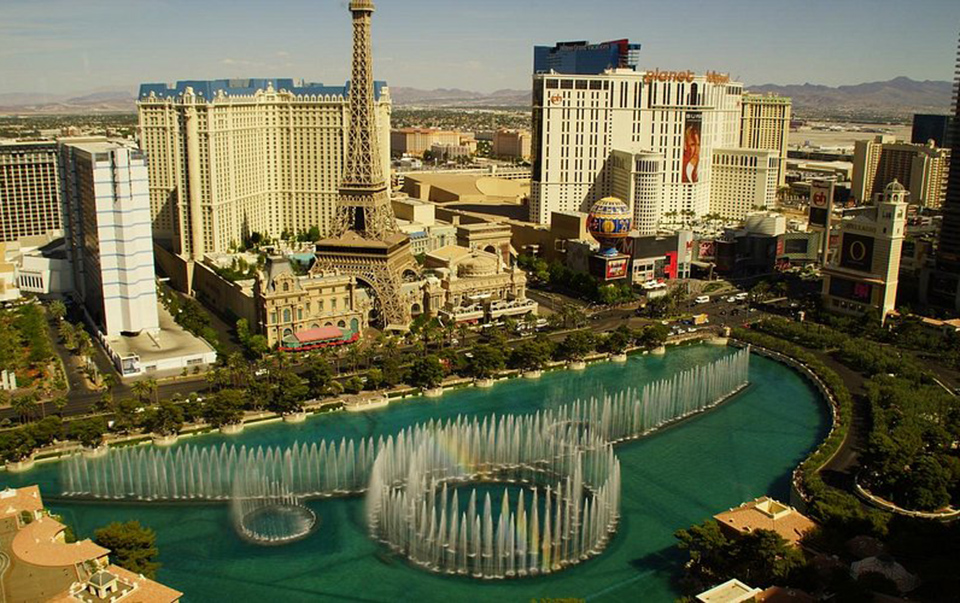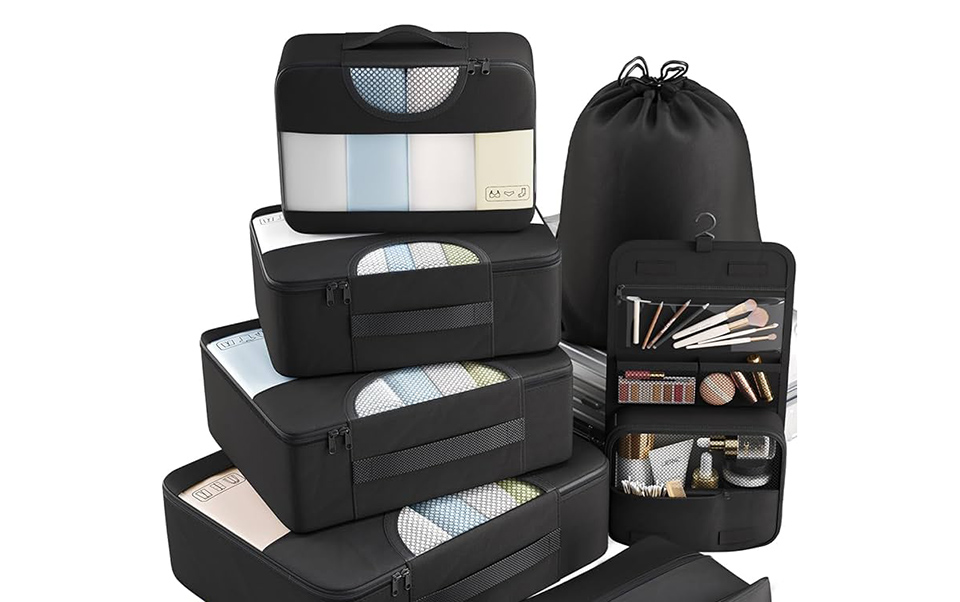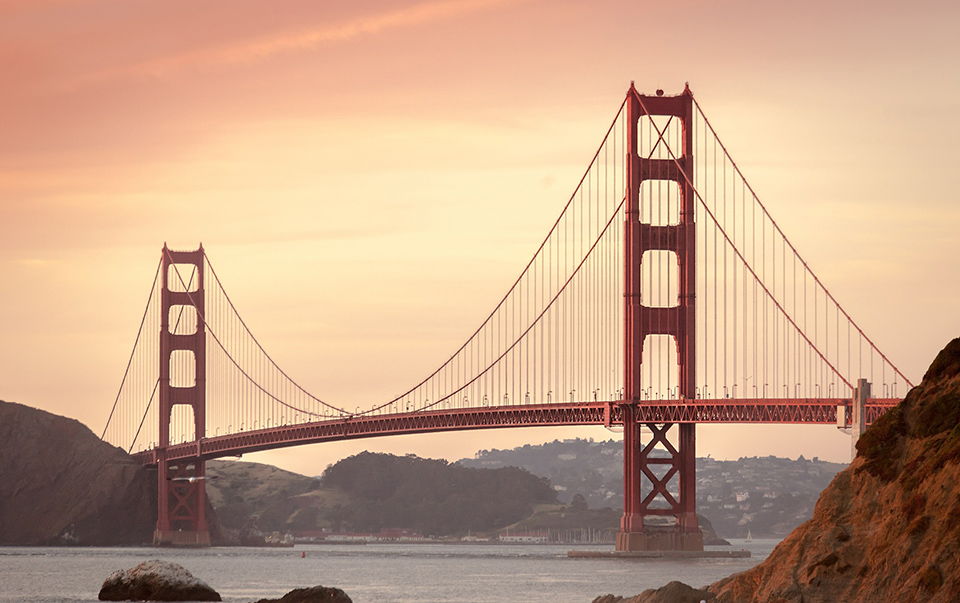1. My First Encounter with Salt Lake City
I still remember stepping out of the Salt Lake City International Airport for the very first time. The crisp mountain air hit my face, and behind the parking lots and highways, I caught a glimpse of the Wasatch Range—snow-capped, majestic, almost impossibly close to the city skyline. For a traveler like me, who had already been to dozens of cities across North America, Salt Lake felt different immediately.
It wasn’t just the mountains. It was the way the streets were laid out—wide, orderly, easy to navigate. It was the polite “hello” I received from a stranger at the TRAX light rail station. It was the blend of a modern, fast-growing city with the calm, grounded atmosphere that comes from Utah’s unique history and culture.
Salt Lake City is not just a gateway to skiing or national parks. It’s a destination of its own, and if you’re visiting for the first time, you’ll want to prepare differently than you might for New York, Los Angeles, or Chicago. This guide is my personal attempt to help you navigate Salt Lake as a first-time visitor—with the details I wish I had known before my first trip.
I’ll share practical advice on what to pack, how to dress, how to use public transportation, where to eat (including the street food scene), and how to handle essentials like money, SIM cards, and insurance. I’ll even give you a five-day sample itinerary that balances city exploration with nearby day trips.
2. Packing Tips for Salt Lake City
Whenever I travel to Salt Lake City, I start by thinking about functionality. This isn’t a city where you dress purely for fashion. You’ll likely be moving between downtown blocks, hopping on TRAX trains, maybe catching a bus into the foothills, or heading into the mountains on a day trip. So the essentials are all about flexibility.
Here’s my personal Salt Lake City packing checklist:
- Layered Clothing: The weather can swing quickly, especially in spring and fall. I always pack a light base layer, a fleece, and a waterproof shell. Even in summer, evenings can get chilly.
- Comfortable Walking Shoes: Downtown Salt Lake is walkable, but sidewalks are long and wide. If you’re planning to explore Temple Square, the Capitol, or Liberty Park, you’ll be on your feet a lot. My go-to is a pair of breathable sneakers with good support.
- Daypack: For day trips, hikes, or even just carrying a water bottle and light jacket, a small backpack is a must. I use mine daily when in Salt Lake.
- Reusable Water Bottle: The air here is dry, thanks to the desert climate. Staying hydrated makes all the difference, especially if you’re not used to altitude (Salt Lake sits at about 4,200 feet).
- Sunscreen and Sunglasses: Don’t underestimate the Utah sun. The higher elevation means UV exposure is stronger than at sea level.
- Swimwear: Surprising, right? But Salt Lake has hotel pools, hot springs in the nearby mountains, and even water parks in summer. I’ve regretted forgetting my swimsuit.
- Power Bank: I rely on Google Maps and UTA apps constantly for navigation, so a portable charger has saved me more than once.
When I pack for Salt Lake, I remind myself it’s not about having the trendiest clothes—it’s about being ready for city walks, mountain air, and unpredictable shifts between sunshine and sudden showers.
3. Dressing for the Weather
Salt Lake City’s climate deserves its own section, because it’s one of the most important factors for any first-time visitor.
Winter (December–February)
My first winter visit shocked me. I expected snow, yes, but not the biting dryness that cracked my lips and skin within hours. Temperatures hover around freezing, but because of the altitude, it feels different than winter in, say, Chicago or Boston. The cold is sharp but dry, not damp.
What I wear:
- Thermal base layer
- Warm fleece or sweater
- Waterproof insulated jacket
- Beanie, gloves, scarf
- Waterproof boots (for slush and snow downtown)
Spring (March–May)
Spring in Salt Lake is tricky. One day it can feel like summer, the next day a snowstorm might blow in. I’ve been caught wearing just a T-shirt when temperatures suddenly dropped by 20 degrees.
What I wear:
- Light jacket
- Layers (so I can add or remove as needed)
- Comfortable walking shoes
Summer (June–August)
Summer is hot, but still drier than in coastal cities. Daytime highs often reach 90°F (32°C), but evenings are pleasant. What gets me every time is the intense sun—I can feel my skin burning faster here than back home.
What I wear:
- Shorts, breathable shirts
- Sunglasses and hat
- Sandals for casual outings, sneakers for walking
Fall (September–November)
This is my favorite season in Salt Lake. The mountains explode in colors—reds, yellows, and oranges. Temperatures are cool but not freezing.
What I wear:
- Light sweater or jacket
- Jeans or trekking pants
- Comfortable shoes
My golden rule: always dress in layers. Even in summer, I’ve needed a jacket at night. And in winter, stepping indoors means peeling off several layers.
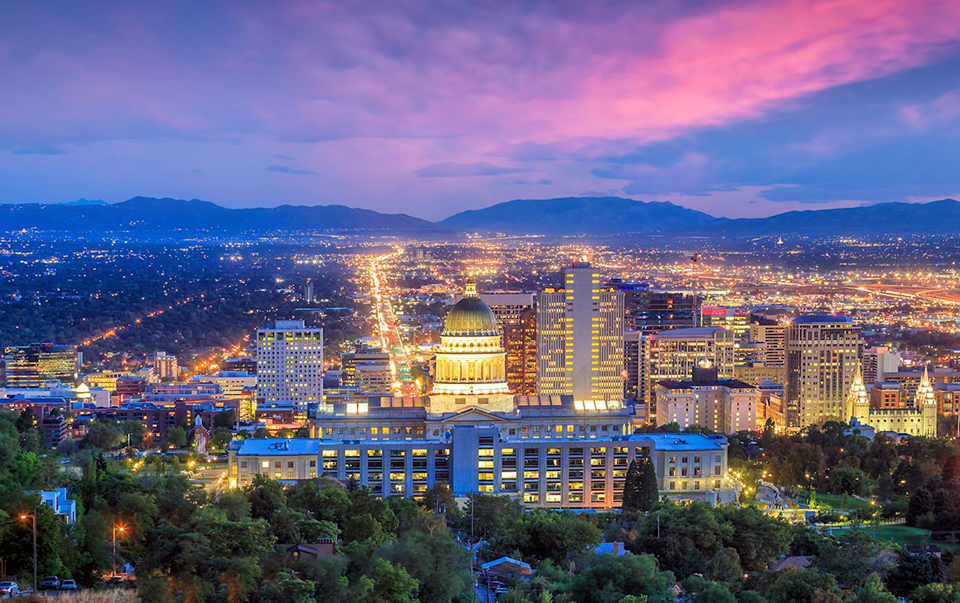
4. Understanding Local Culture
Salt Lake City has one of the most unique cultural identities of any city in the United States. On the surface, it looks like a typical mid-sized American city—tall buildings downtown, suburban sprawl, shopping malls. But if you pay closer attention, you’ll notice the subtle influences of Utah’s history.
The Mormon Influence
The Church of Jesus Christ of Latter-day Saints (LDS), often called the Mormon Church, has shaped Salt Lake since its founding in 1847. Temple Square remains the city’s cultural and historical heart. Even if you’re not religious, visiting the grounds is eye-opening.
When I first walked through Temple Square, I was struck by the friendliness of the volunteers, many of whom were missionaries from around the world. It gave the city an international flavor I didn’t expect.
Politeness and Pace
Locals are generally polite, often more reserved than in New York or Los Angeles. Don’t expect the frantic rush of big coastal cities. Conversations feel slower, eye contact is more common, and people actually wait for the crosswalk light to turn green before crossing the street.
Alcohol Laws
Utah has a reputation for quirky alcohol laws, and some of them still surprise first-time visitors. For instance, draft beer is often limited to 5% ABV, and cocktails must be mixed carefully to follow “measured pour” rules. My first night out, I wondered why my gin and tonic tasted weaker than usual—now I know it wasn’t the bartender, it was the law.
Outdoor Lifestyle
One of the biggest cultural shocks for me was realizing just how outdoors-oriented Salt Lake residents are. On weekends, half the city seems to disappear into the mountains for skiing, climbing, hiking, or mountain biking. It inspired me to rent a bike during my stay—and it was one of the highlights of my trip.
Diversity on the Rise
Though historically more homogenous, Salt Lake today is surprisingly diverse. I’ve met people from Mexico, Southeast Asia, Africa, and Europe who now call it home. That’s also reflected in the city’s food scene, which I’ll dive into later.
5. Public Transportation: How to Use TRAX, Buses, and Metro Cards
One of the first things I realized about Salt Lake City is that you don’t need a car to explore downtown or many tourist attractions. The city has an efficient public transit system operated by UTA (Utah Transit Authority), which includes TRAX light rail, local buses, and commuter trains. For a first-time visitor, understanding the system can save both time and money.
TRAX Light Rail
TRAX is my go-to whenever I’m in Salt Lake City. It’s clean, reliable, and offers a scenic ride through the city. I first took the Blue Line from the airport to downtown, and it was a smooth introduction to the city.
How it works:
- TRAX has three main lines: Blue, Red, and Green. Each line covers different areas:
- Blue Line: Salt Lake City Airport → Downtown → Draper
- Red Line: University of Utah → Downtown → Daybreak
- Green Line: West Valley City → Downtown → Airport
- I used the UTA GoRide app to check schedules. Trains run roughly every 15–20 minutes during the day, which is very convenient.
Buying Tickets:
- I bought a 1-day pass for $6 and a 3-day pass for $15 directly at the ticket machines at stations.
- Tickets are also available via the UTA GoRide app, which I found more convenient because I didn’t have to carry cash.
- Tip: Always tap or validate your ticket before boarding. Fare inspectors do check occasionally, and fines are not cheap.
My Personal Experience:
Riding TRAX gave me a unique view of the city. I passed the Utah State Capitol, the City & County Building, and even got glimpses of the mountains as we left downtown. It’s easy to see why locals use it daily—it’s faster than driving through downtown traffic and much cheaper than rideshares.
Local and Express Buses
Salt Lake City’s bus system complements TRAX. I tried the Route 205 bus to reach Liberty Park from downtown when I wanted a slower, more scenic ride.
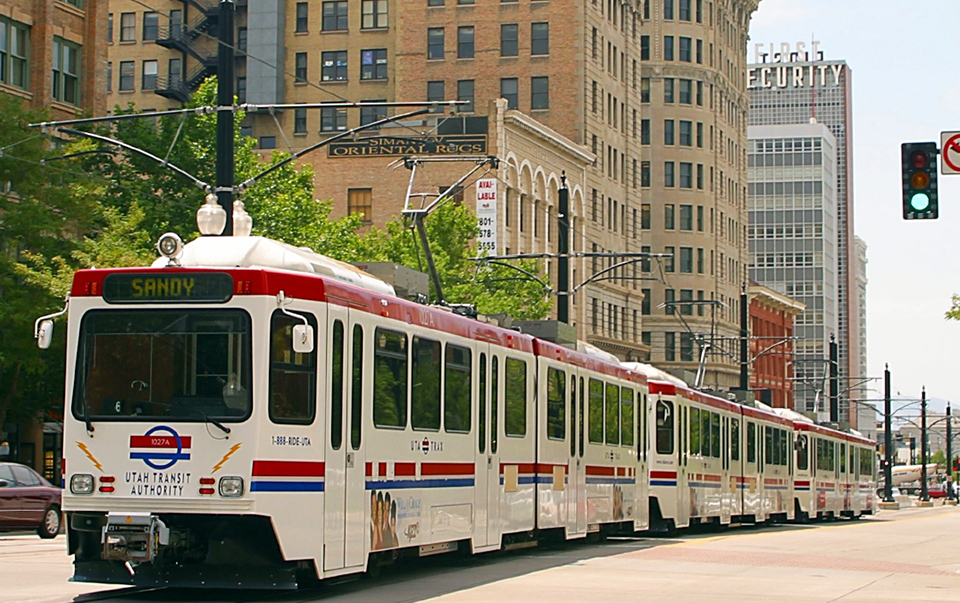
Highlights:
- Buses are modern and clean, though slightly slower than TRAX.
- Fare is $2.50 per ride for local buses, which is very affordable.
- Many buses connect directly to TRAX stations, making transfers simple.
Tip: If your itinerary focuses on downtown, TRAX alone may be enough. For more residential neighborhoods or parks outside the light rail lines, buses are essential.
One thing I learned is that peak hours can feel crowded, especially when students commute to the University of Utah or downtown workers travel to office buildings. I usually traveled mid-morning or early afternoon, which made the rides pleasant and allowed me to enjoy the city views.
Another tip: sit on the right side of TRAX heading north if you want the best views of the mountains. I took dozens of photos from my seat without blocking anyone.
Comparing to Rideshare
I tried Uber and Lyft once when returning from a late dinner downtown. It was convenient but costs around $15–$20 for a short ride, while the same TRAX trip would have been under $3. For a budget-conscious traveler like me, public transit is unbeatable, but rideshare is a lifesaver for late-night trips or heavy luggage.
Using TRAX and buses gave me a stress-free way to see Salt Lake City without renting a car. Between ticket apps, day passes, and a little planning, I felt like a local navigating the city efficiently. For first-time visitors, I recommend staying near a TRAX line—it simplifies everything.
My Salt Lake City Adventure
Looking back on my first visit to Salt Lake City, I realize how much this city surprised me. From the crisp mountain air to the friendliness of the locals, every detail made me feel both welcome and inspired to explore further. Navigating the city on TRAX, sampling local street foods, and wandering through historic Temple Square gave me a sense of connection to both the culture and the rhythm of daily life here.
What struck me most was the balance Salt Lake City offers: a vibrant urban core, a rich cultural history, and immediate access to some of the most breathtaking natural landscapes in the country. With a little planning—packing thoughtfully, budgeting smartly, and using public transit efficiently—any first-time visitor can experience the city fully without stress or confusion.
For me, Salt Lake City was not just a stopover or a gateway to the mountains—it became a place where I could slow down, explore, and appreciate the harmony between city life and nature. I left with a deeper understanding of Utah’s culture, a few favorite local dishes, and a mental map of the streets and trails I can’t wait to revisit.
If you’re planning your first trip here, embrace the layers—both in your clothing and in your experiences. With curiosity, a little preparation, and an open mind, Salt Lake City promises to leave you with memories as vivid and lasting as the mountains that surround it.
